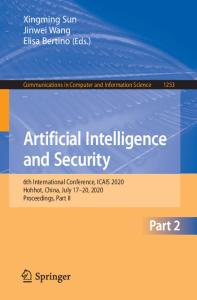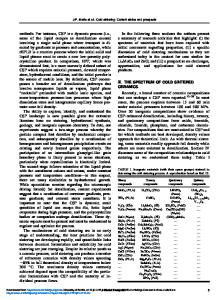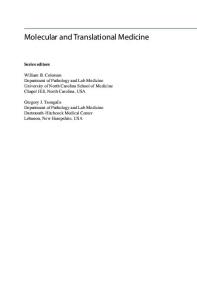Current Status and Future Prospects of CISCuT Based Solar Cells and Modules
- PDF / 697,816 Bytes
- 6 Pages / 612 x 792 pts (letter) Page_size
- 22 Downloads / 358 Views
B8.16.1
Current Status and Future Prospects of CISCuT Based Solar Cells and Modules Olaf Tober, Jeannette Wienke1, Michael Winkler, Jürgen Penndorf, Joachim Griesche Institut für Solar Technologien, Im Technologiepark 7, 15236 Frankfurt (Oder), Germany, E-mail: [email protected] 1 ECN - Netherlands Energy Research Foundation, Westerduinweg 3, P.O. Box 1, 1755 ZG Petten, The Netherlands
ABSTRACT
CISCuT - CIS on Cu-Tape - has been established as a new thin film technology, in which Cu/In/S based solar cells are continuously fabricated on a Cu-tape in a series of consecutive rollto-roll processes. Flexible modules encapsulated into polymer foils are assembled by interconnecting stripes of this tape cell in a roof-tile manner in an automated assembly line. J-V characteristics that show efficiencies of 9 % so far and that have been certified by the Frauenhofer Institut Solare Energiesysteme are presented. Stability tests over more than 8000 hours show promising results. Best results obtained from cells and from modules that have automatically been assembled to different areas are compared. This comparison gives insight into how the different roll-to-roll processes including the assembling of the module influence the overall quality of the module. Latest results including the unique mechanical properties of CISCuTbased solar cells and modules are highlighted. An outlook on the future prospects of this exciting technology is given.
INTRODUCTION
As far as solar modules that are based on thin film chalcopyrite absorbers have been introduced into pilot production, they are usually fabricated on glass substrates [1-3]. This is accompanied by a world-wide search for flexible solar cells and modules on metal and organic substrates, possibly combined with a roll-to-roll technique [4-6]. The arguments for these alternative approaches are the reduction of the costs and the opening of a wider field for applications of these modules. One of the alternative approaches for flexible modules with a wide spectrum of applications is the unique CISCuT technology. The aim of this paper is to give an overview about which efficiencies and stabilities of CISCuT solar tape cells and modules have been achieved so far. Considering the fundamental advantage of CISCuT that no up-scaling of technological lines from laboratory scale to production scale is necessary, chances that CISCuT will have in the future should become clearer.
Downloaded from https://www.cambridge.org/core. Columbia University Libraries, on 29 Jul 2017 at 16:34:01, subject to the Cambridge Core terms of use, available at https://www.cambridge.org/core/terms. https://doi.org/10.1557/PROC-763-B8.16
B8.16.2
EXPERIMENTAL DETAILS
Sample preparation on the base-line The manufacture of CISCuT absorbers, cells and modules is performed on a base-line, which allows a set of consecutive roll-to-roll processes [6-8], see figure 1. The principle roll-toroll processes are (i) the cleaning of the Cu tape, which is (80 ... 100) µm thick, and the galvanic deposition of 0.7 µm In; (ii)
Data Loading...











